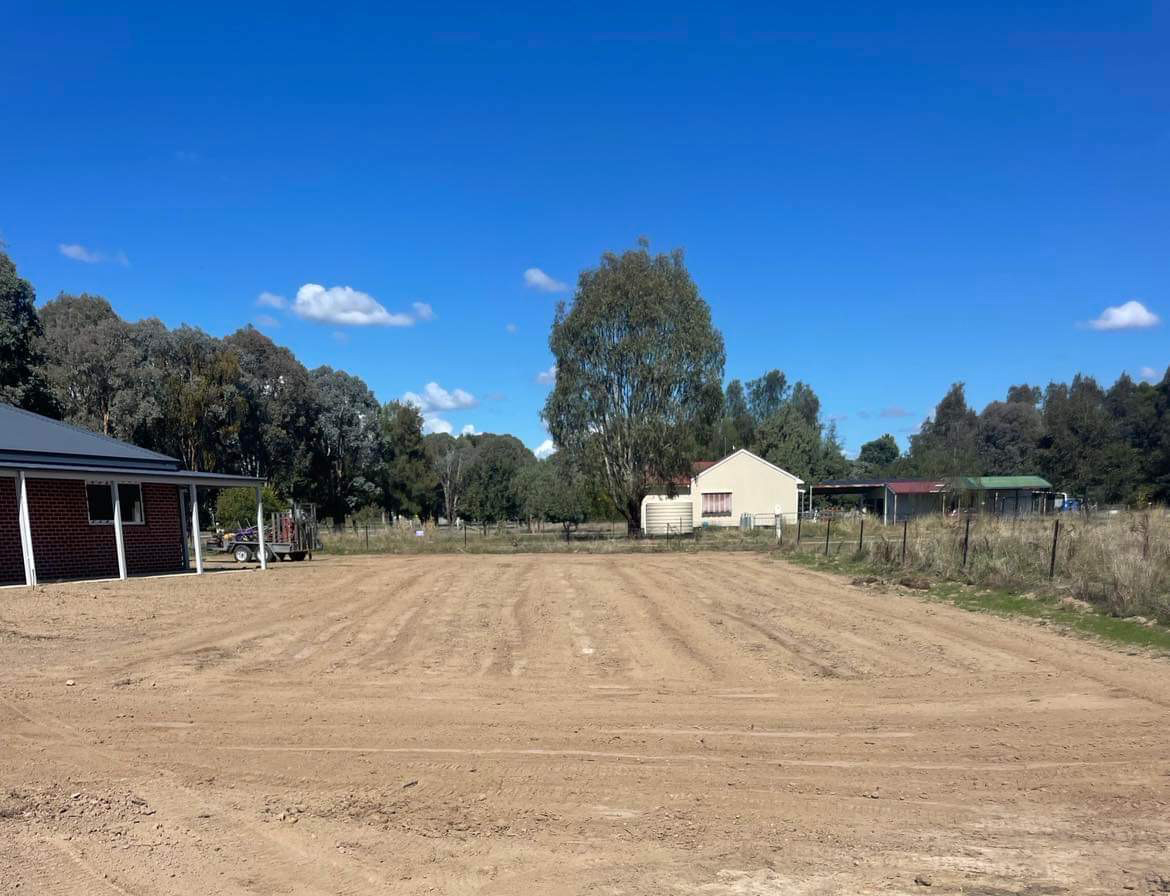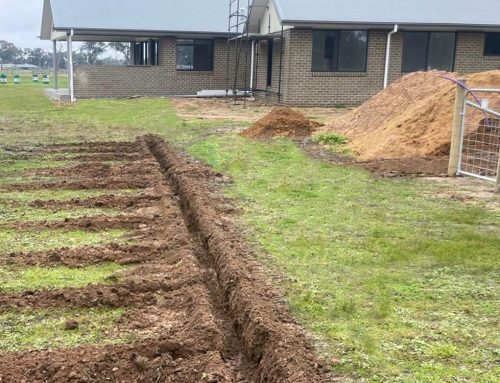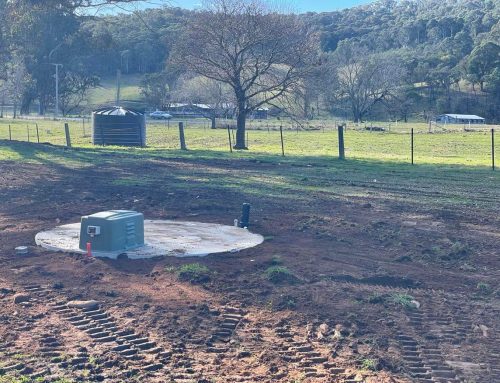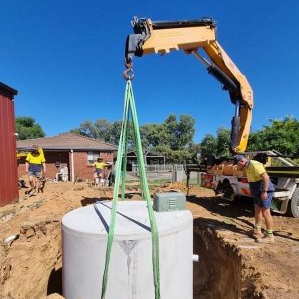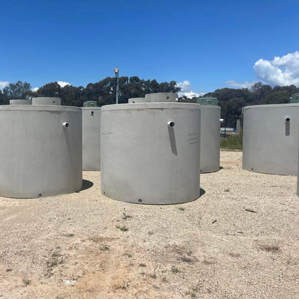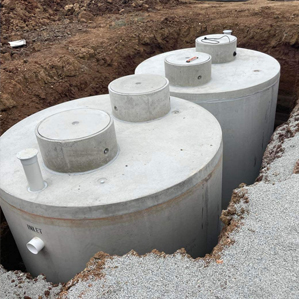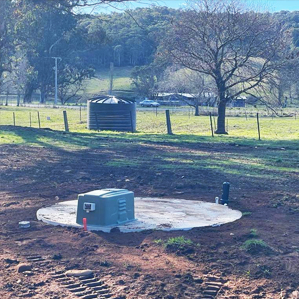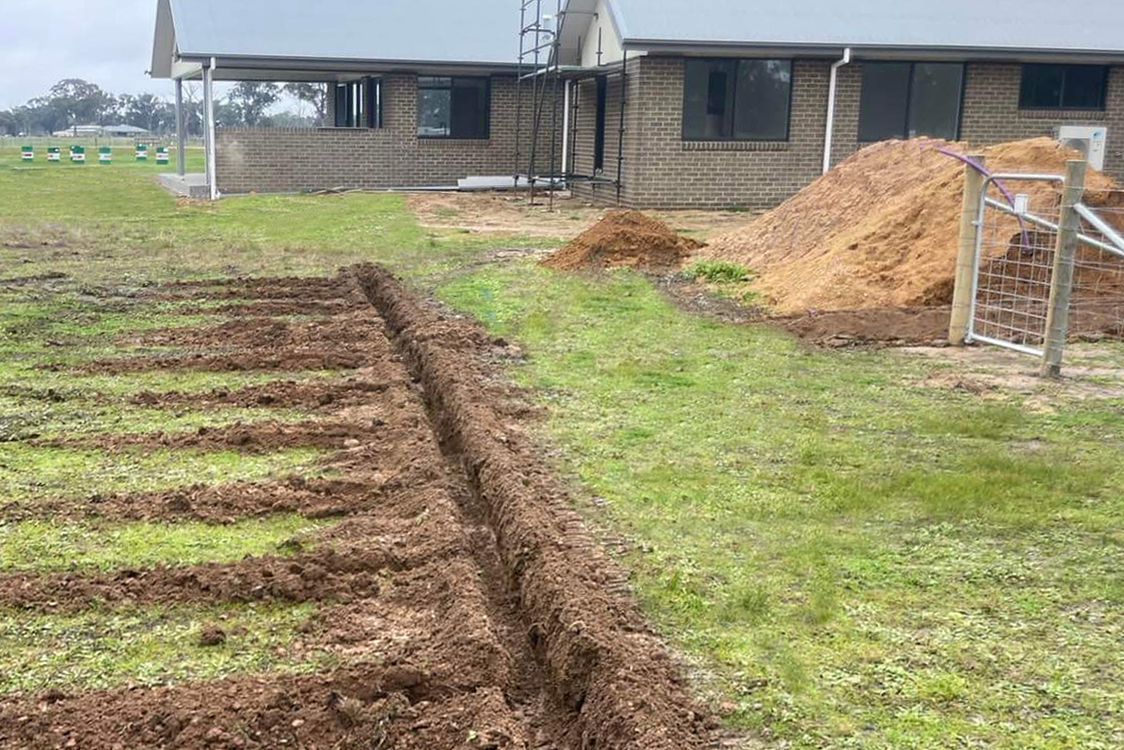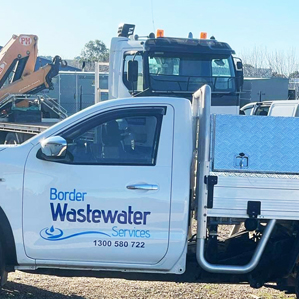Choosing the right location for your domestic wastewater plant on your rural property is a pivotal decision that impacts functionality and environmental considerations. From ensuring efficient waste treatment to adhering to regulations, finding the ideal spot is essential. In this article, we’ll explore the key factors to consider when determining the perfect location for your domestic wastewater plant in an Australian rural setting.
1. Understanding Local Regulations:
Before pinpointing a location, familiarise yourself with local regulations and guidelines concerning wastewater system installations. Certain setbacks from property lines, water bodies, and wells might be required. Ensure compliance to avoid legal issues down the line.
2. Site Topography and Drainage:
Evaluate the natural slope and drainage patterns of your property. Select a spot where water naturally flows away from the wastewater plant and any water sources to prevent contamination. Avoid low-lying areas that might lead to water pooling or flooding around the system.
3. Distance from Water Sources:
Maintain a safe distance from water sources such as wells, streams, and ponds. A buffer zone helps safeguard groundwater quality and prevents potential contamination risks. Refer to local regulations to determine the required setback distance.
4. Accessibility and Maintenance:
Choose a location that’s easily accessible for maintenance, repairs, and regular inspections. This ensures that technicians can reach the system without difficulty, enabling timely upkeep and addressing any issues that may arise.
5. Soil Composition and Percolation:
Conduct a soil test to assess the soil’s composition and percolation rate. This helps determine whether the soil is suitable for efficient wastewater treatment and absorption. If the soil’s percolation rate is too slow, it may not be suitable for traditional systems, and alternative options might be needed.
6. Distance from Structures:
Place the wastewater system at a safe distance from buildings, ensuring it doesn’t interfere with the foundation or structural integrity of existing or future constructions.
7. Odour and Aesthetic Considerations:
Select a location that minimises the potential for odour issues and eyesores. While modern wastewater systems are designed to reduce odours, it’s still advisable to position the plant away from areas frequently used by residents or visitors.
8. Future Land Use:
Consider any potential future developments or expansions on your property. Choose a location that won’t hinder future construction plans or landscaping projects.
9. Environmental Impact:
Evaluate the potential environmental impact of the wastewater system’s location. Choosing an area with minimal ecological disruption helps preserve the natural beauty and health of your rural property.
Conclusion: Selecting the right location for your domestic wastewater plant on your rural property is a decision that influences the system’s effectiveness and the overall well-being of the environment. By considering regulations, topography, water sources, accessibility, and more, you can make an informed choice that ensures proper waste treatment, protects your property, and contributes to the responsible stewardship of your Australian rural land.

